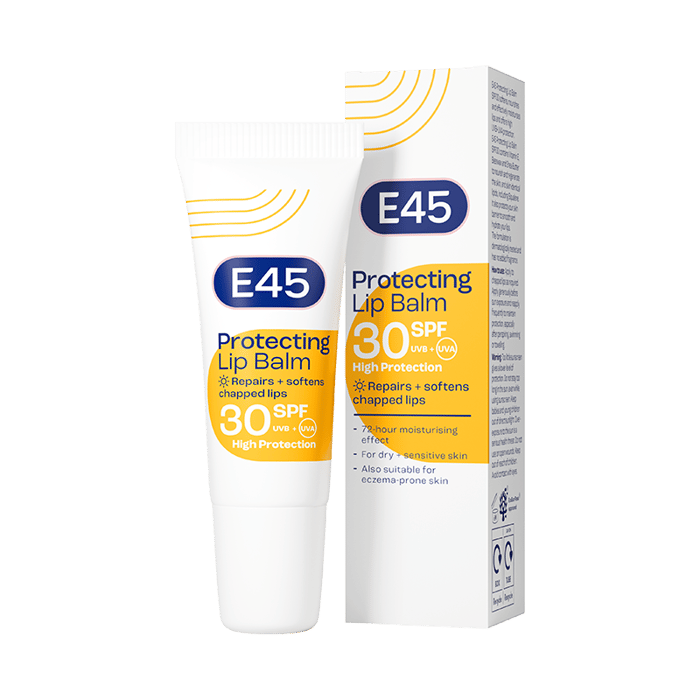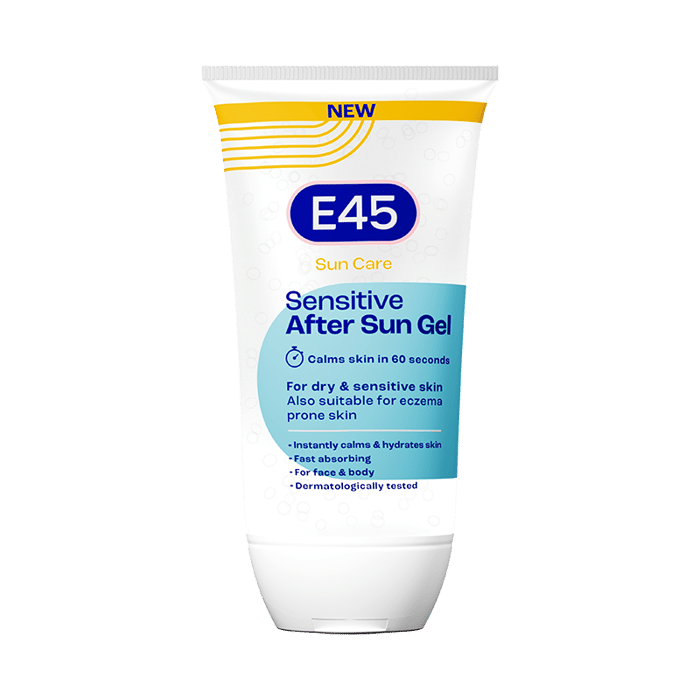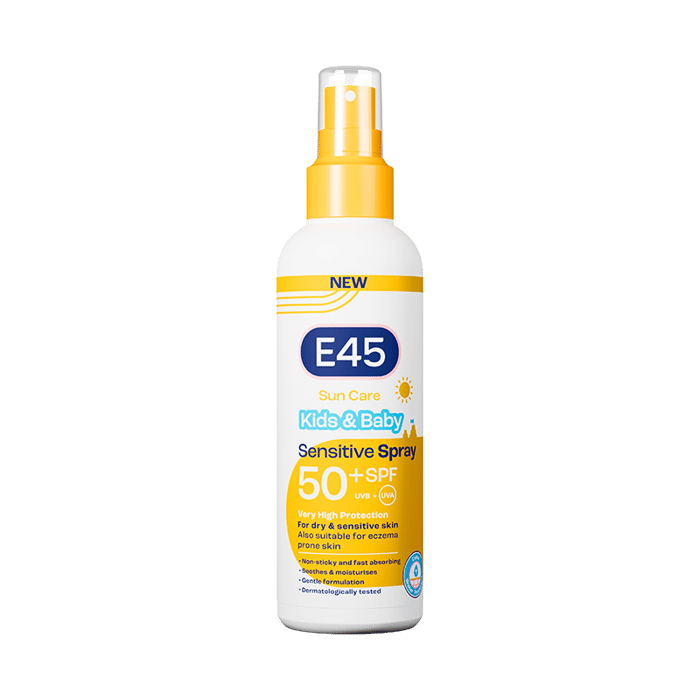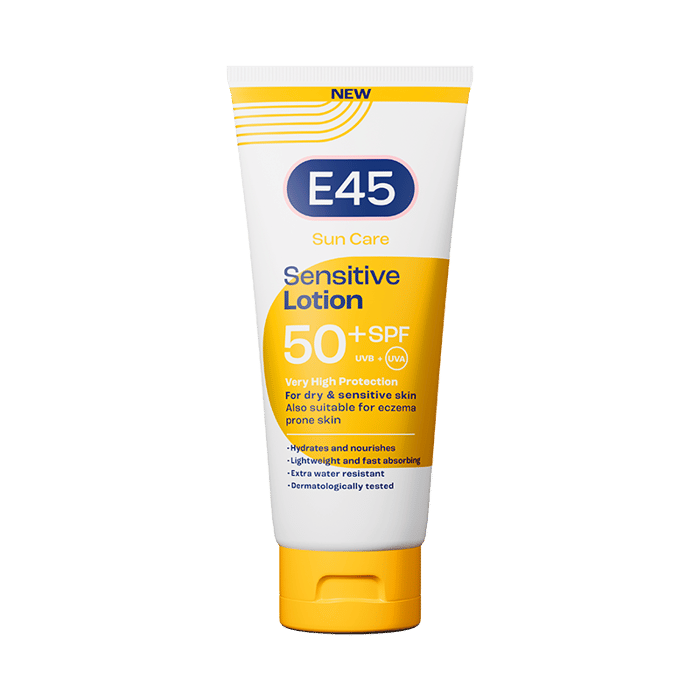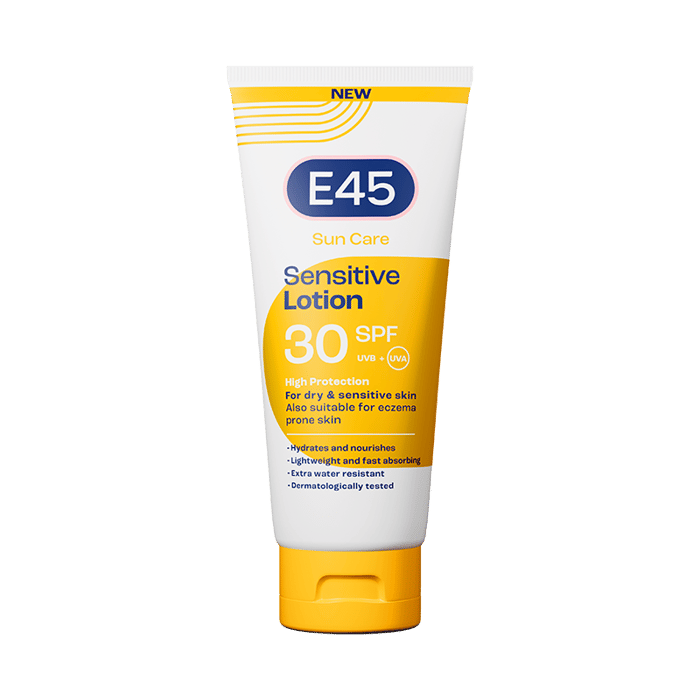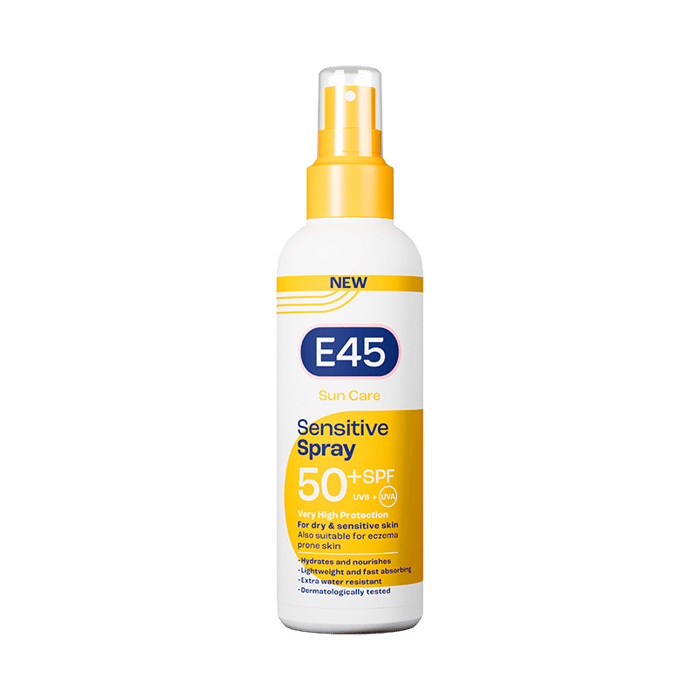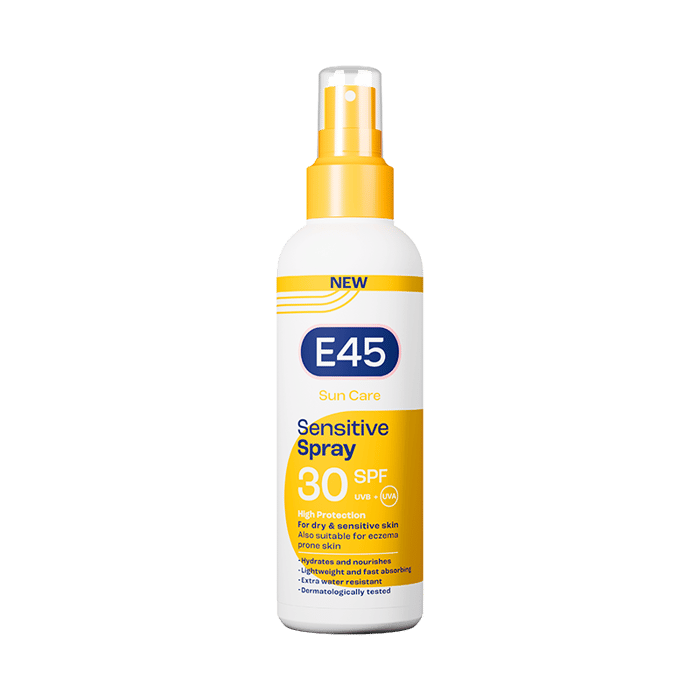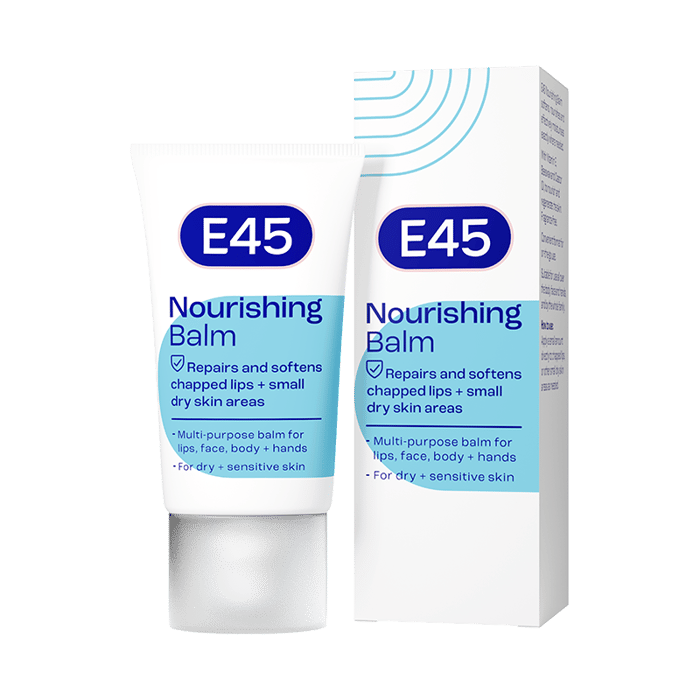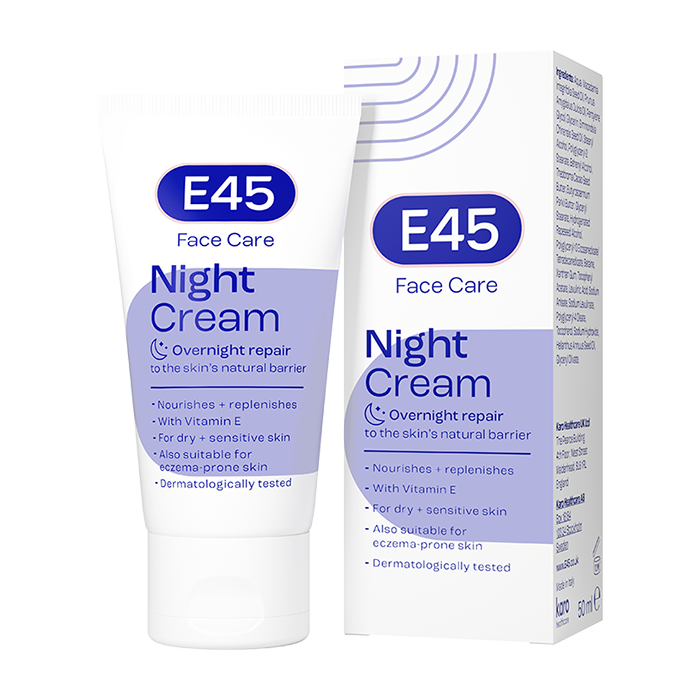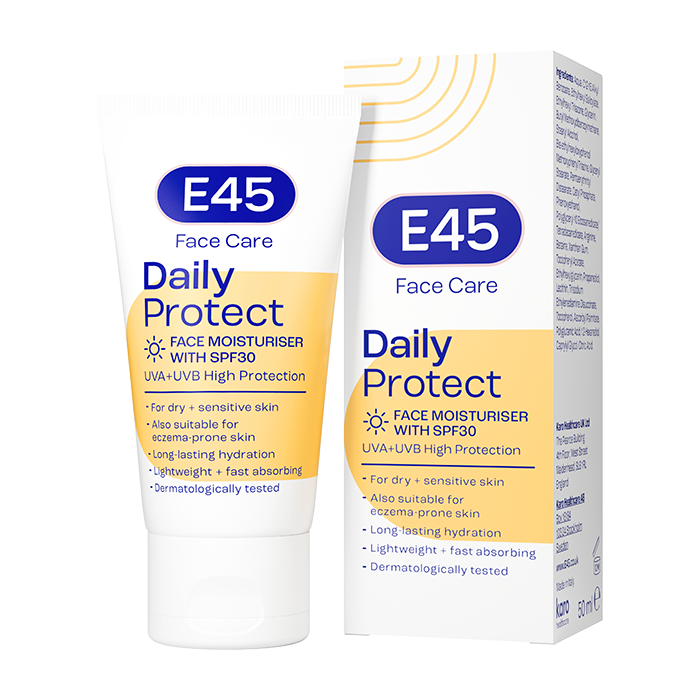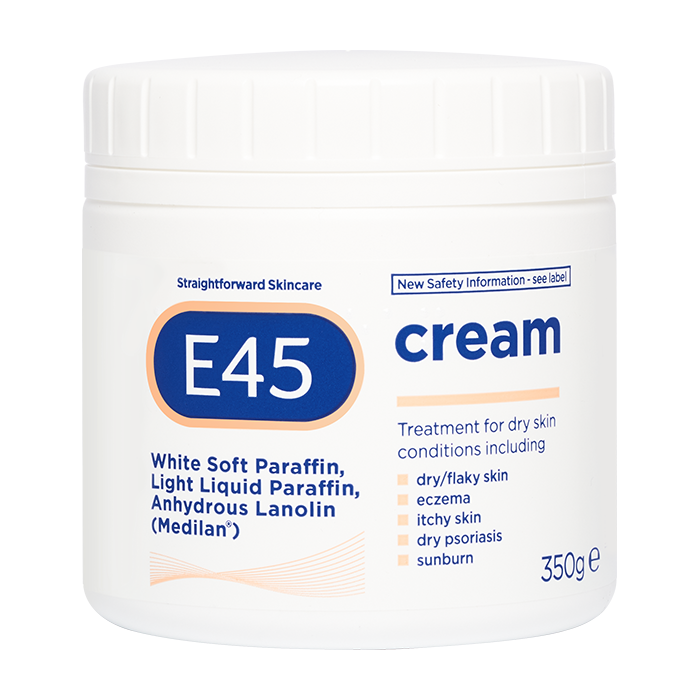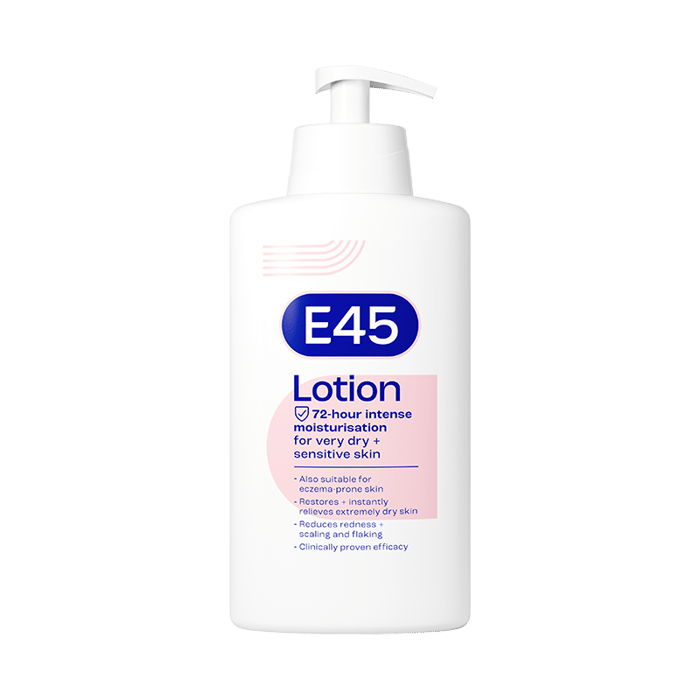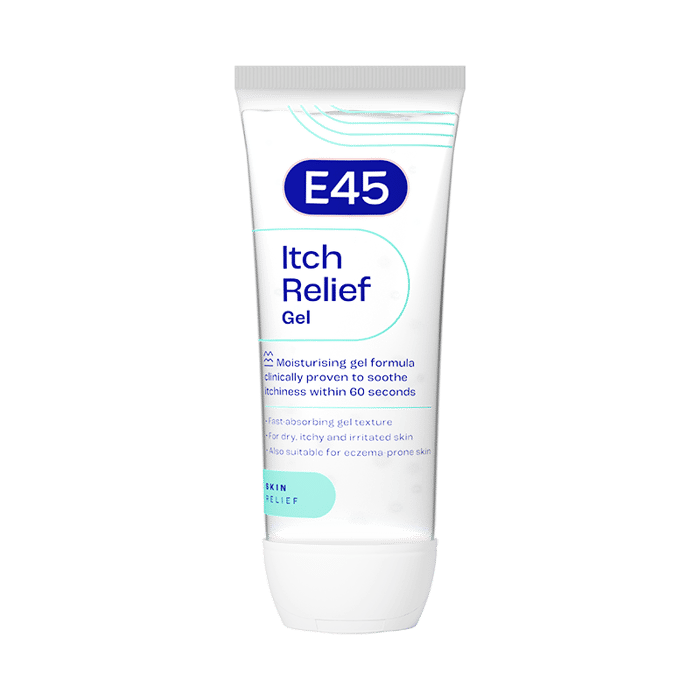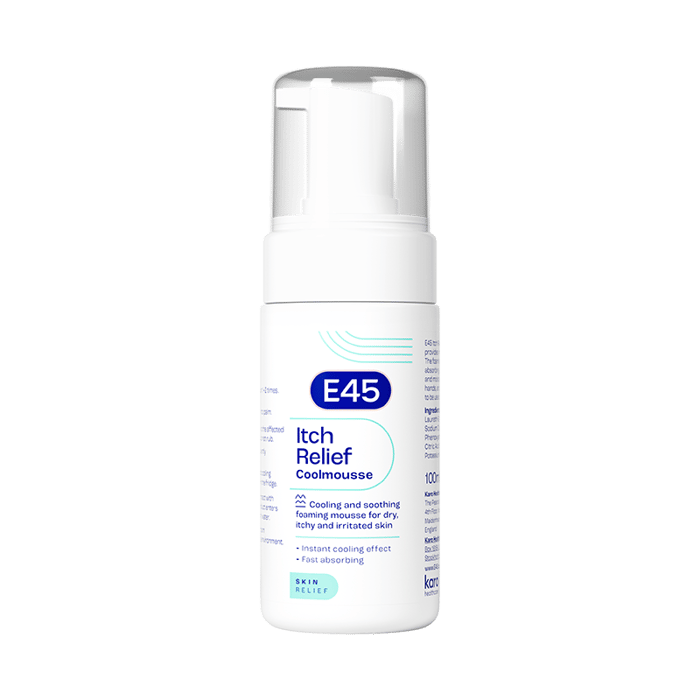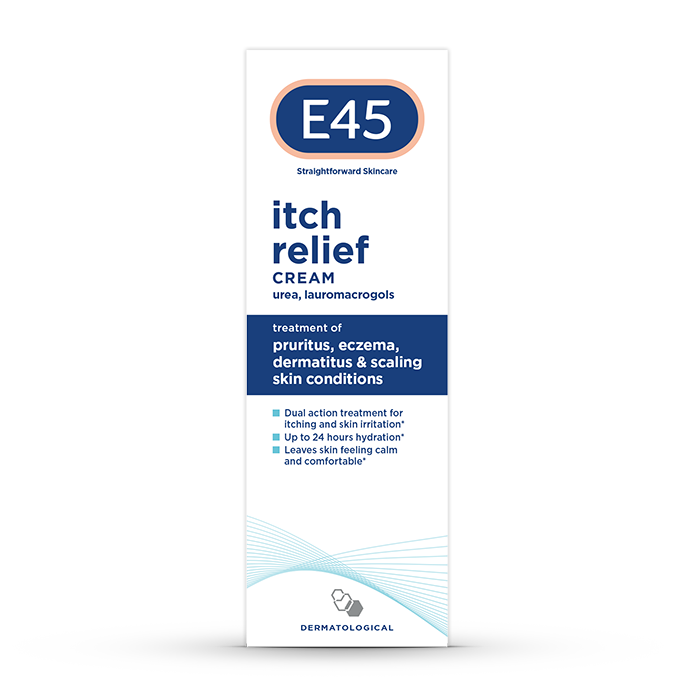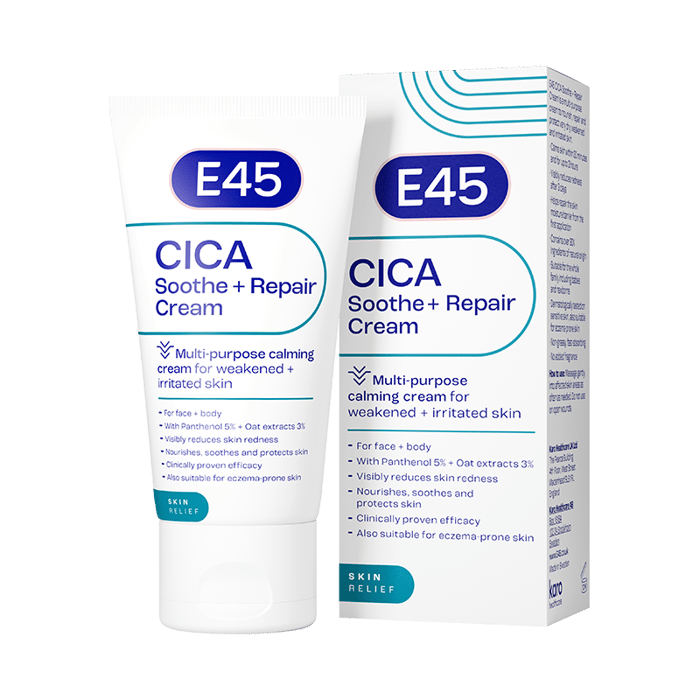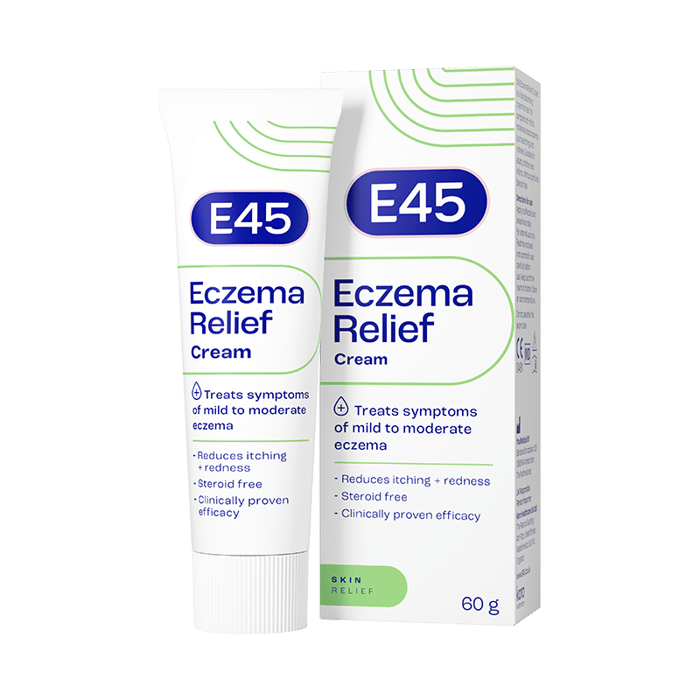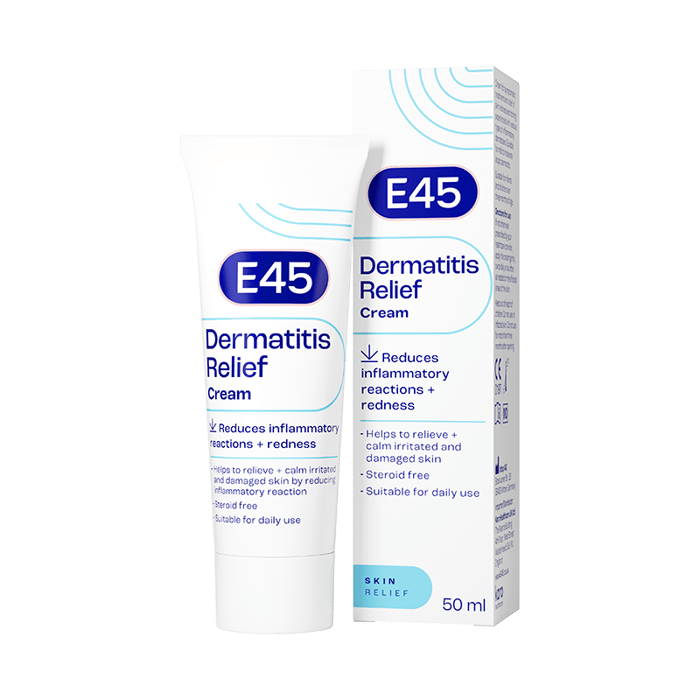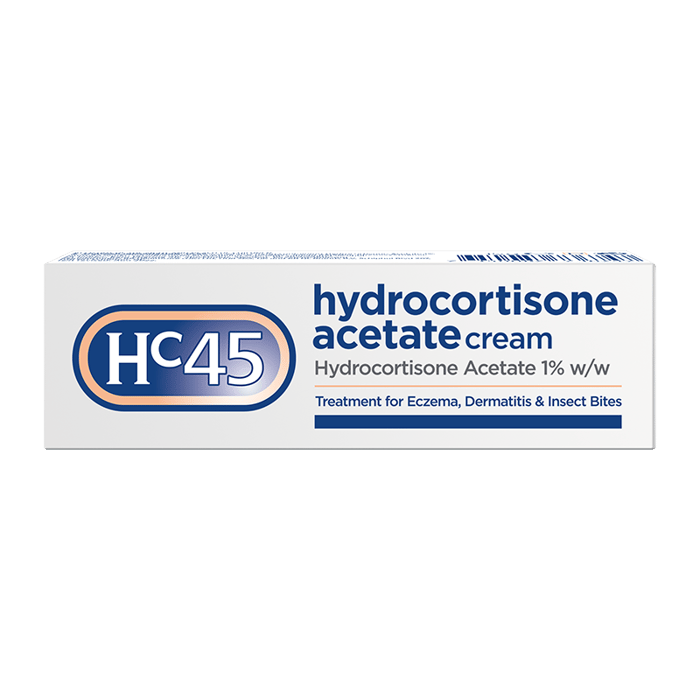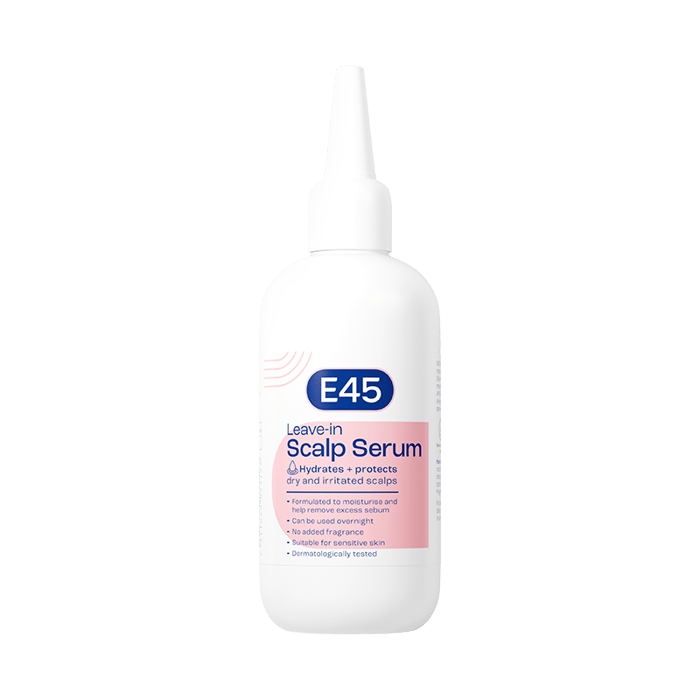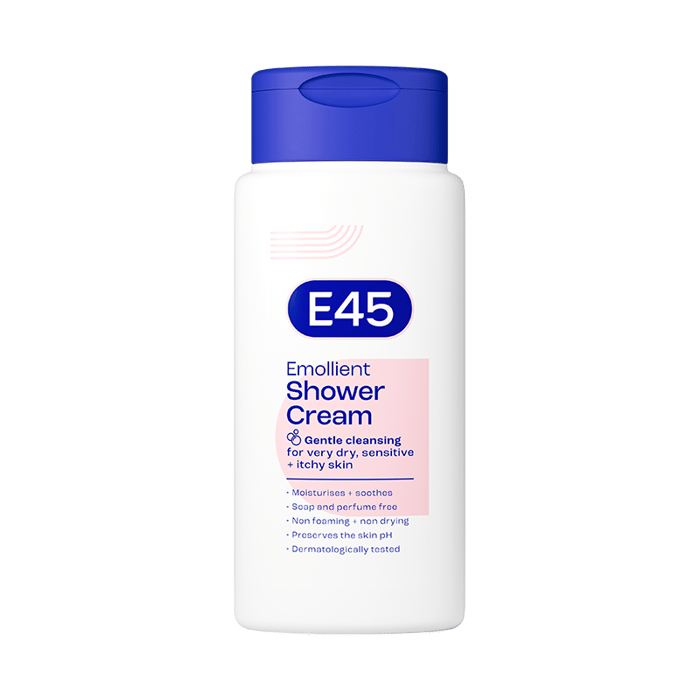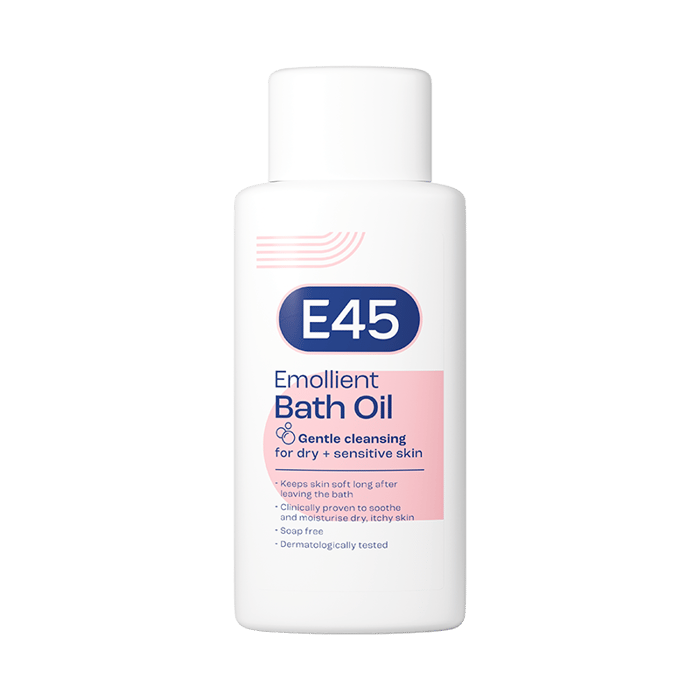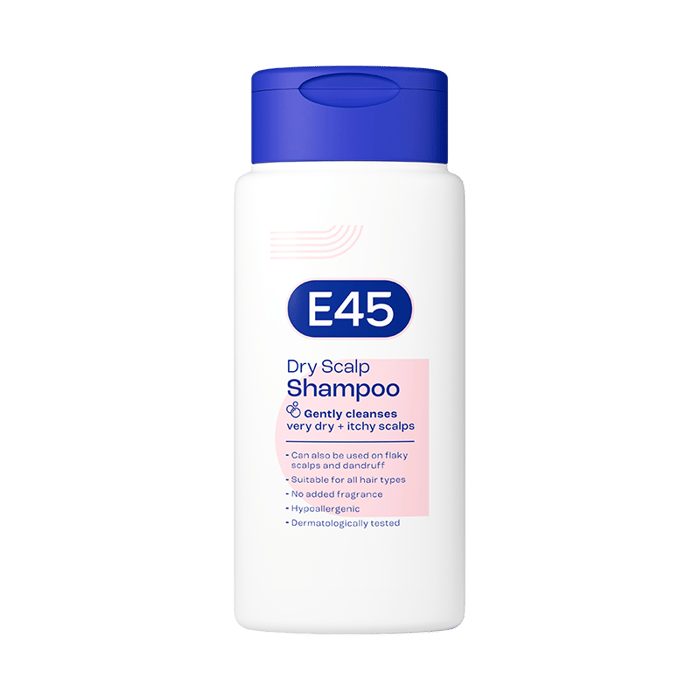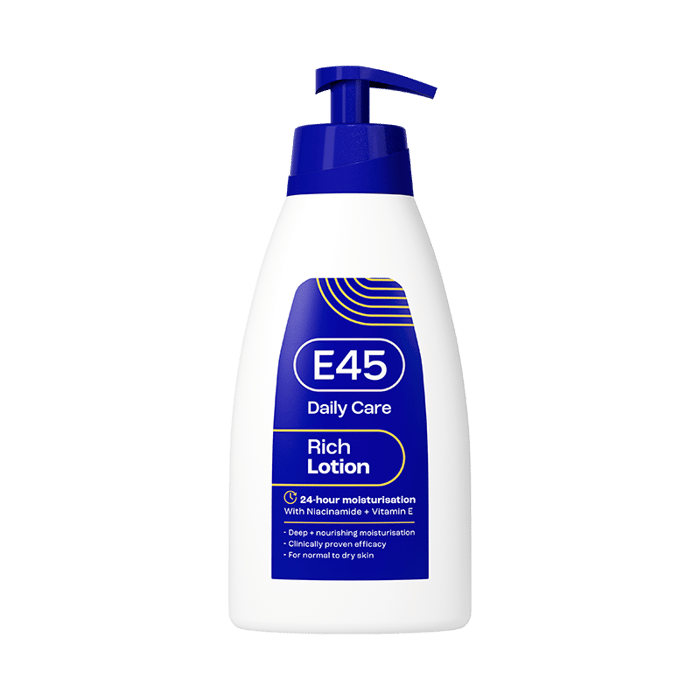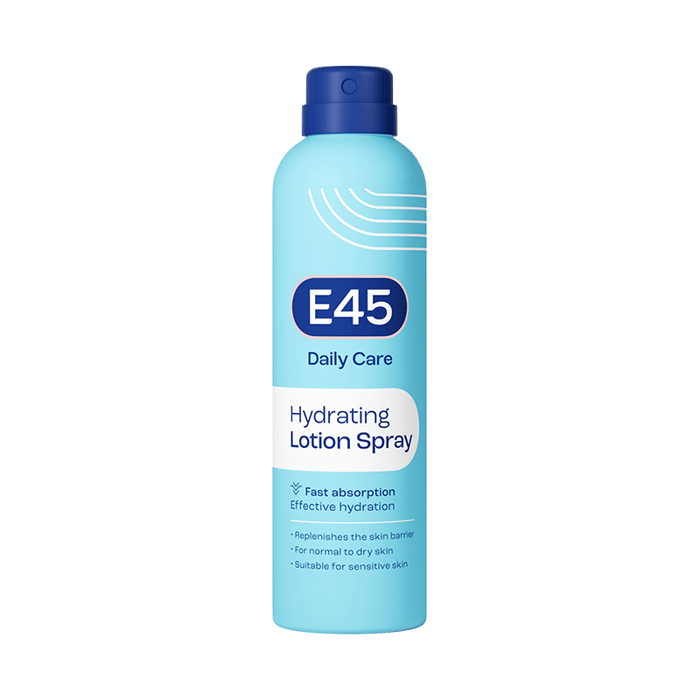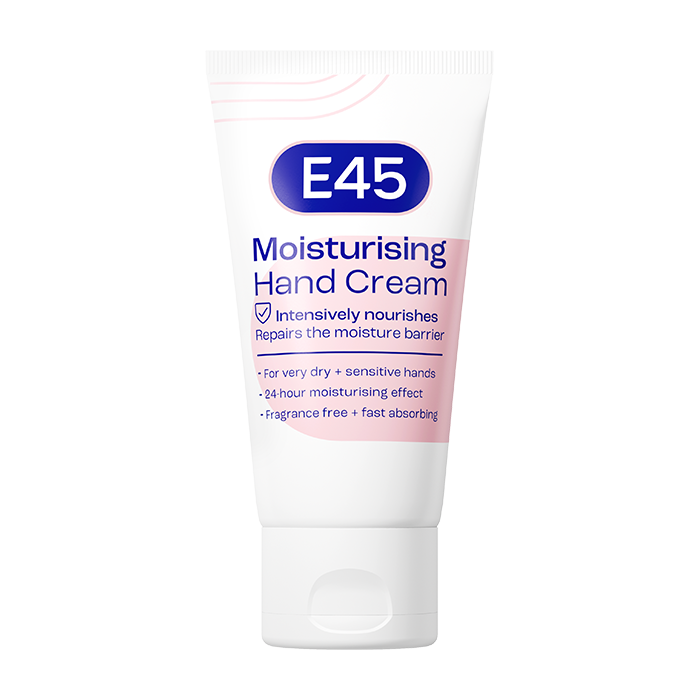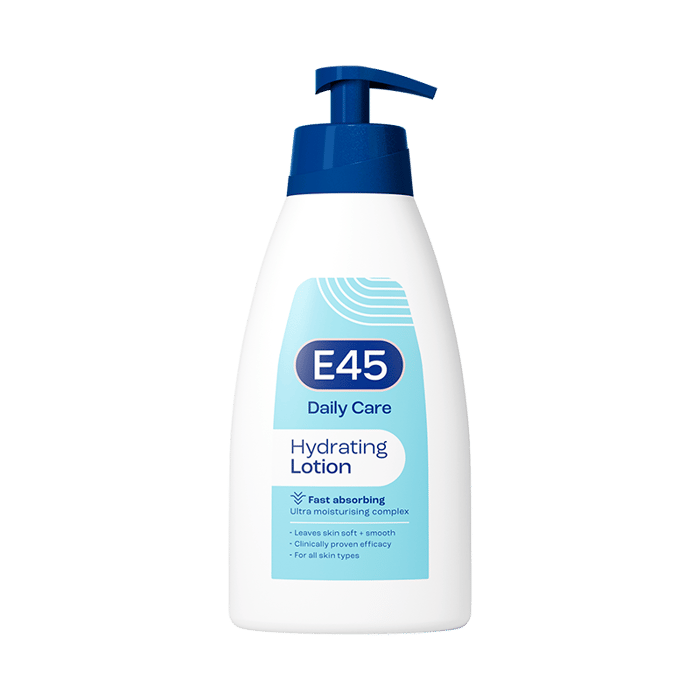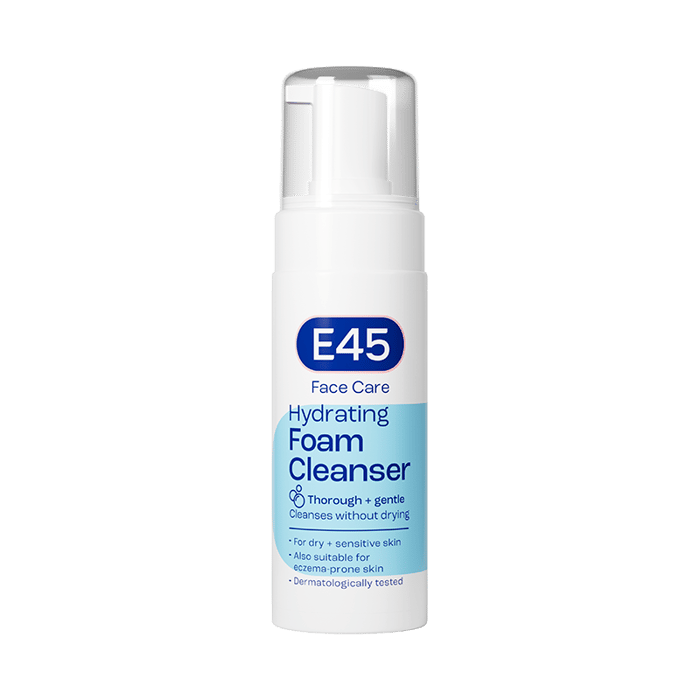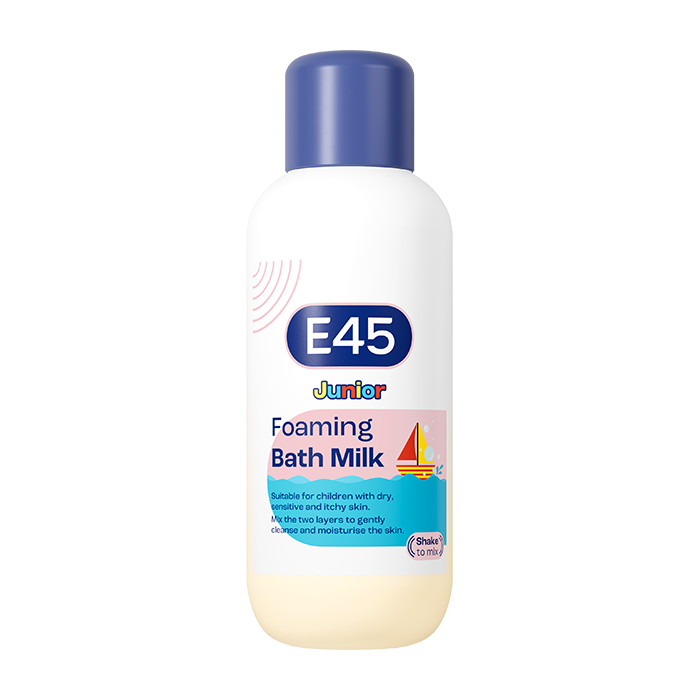When Can Newborns Go Outside?
Introducing a newborn to the outdoors requires careful consideration, particularly because their skin is extremely delicate and their immune system is still developing. Research shows that significant sun exposure during early life may influence long-term skin health, highlighting the importance of taking appropriate precautions when taking young infants outside.
Understanding when it is safe to venture outdoors and how to do so responsibly helps ensure that newborns are protected from unnecessary sun exposure and its potential risks.
Why are babies so sensitive to the sun?
Babies’ skin is significantly more vulnerable to the damaging effects of the sun compared to adults. This heightened sensitivity is due to several physiological factors (source):
Thinner skin
An infant’s skin is significantly thinner and more delicate, with an epidermis that is still developing. As a result, it provides far less natural protection against ultraviolet (UV) radiation.
Lower melanin levels
Melanin, the pigment that helps shield the skin from UV rays, is present in much smaller amounts in babies. With limited melanin, infants have minimal intrinsic defence against sunburn and UV-induced damage.
Developing immune system
A newborn’s immune system is immature, making the skin less able to repair cellular damage caused by UV exposure. This increases both the immediate and long-term risks associated with sun exposure.
Higher body surface area to body mass ratio
Infants have a higher body surface area to body weight ratio than older children or adults, which means a greater proportion of their body is exposed and thus more susceptible to environmental stressors such as UV radiation.
Understanding these factors highlights why infants require strict sun protection measures and why direct sun exposure should be avoided during the early months of life.
When can my baby go outside in the sun?
As your baby grows, it is important to understand when and how they can safely spend time outdoors. The recommendations below outline age-appropriate guidance to help protect your child’s delicate skin while allowing them to enjoy time outside.
0-6 Months
During the first six months of life, infants should be kept out of direct sunlight as much as possible. Their skin is extremely vulnerable to UV radiation at this stage. If going outdoors is unavoidable, ensure your baby remains in full shade and is dressed in lightweight, protective clothing.
Sunscreen may be applied only to small, exposed areas as a last resort, but shade and physical protection should always be the primary approach.
6-12 Months
From six months onward, babies can begin to have slightly more outdoor exposure; however, sun protection must still be carefully managed. Outdoor activities should be planned for early morning or late afternoon, when UV levels are lower. Broad-spectrum sunscreen, protective clothing, wide-brimmed hats and access to shade remain essential.
Toddlers
Toddlers are naturally more active outdoors, but consistent sun protection continues to be crucial. Encourage habits such as staying in shaded areas, wearing hats and sunglasses, and applying sunscreen regularly. Establishing these routines early helps build lifelong sun-safe behaviours.
By understanding your child’s developmental needs and implementing age-appropriate protective measures, you can enjoy outdoor activities safely while minimising the risks associated with sun exposure.
What If My Baby Gets Sunburned?
The Effects of Sunburn on a Baby’s Skin
A baby’s delicate skin is particularly vulnerable to ultraviolet (UV) radiation. Excessive sun exposure can damage the DNA in skin cells, resulting in sunburn. Due to thinner skin and lower melanin levels, infants have less natural protection, making UV damage more significant compared to older children or adults.
Immediate effects
- Redness and irritation: Sunburned skin often appears red and inflamed as increased blood flow works to repair the damage.
- Pain and tenderness: The affected areas may feel sore and sensitive to touch due to inflammation.
- Swelling and blistering: In more severe cases, the skin may swell or form blisters, indicating deeper tissue damage.
Long-term consequences
- Increased risk of skin cancer: Repeated sunburns during childhood significantly raise the likelihood of developing skin cancer, including melanoma, later in life.
- Premature skin ageing: UV damage can accelerate the development of wrinkles, sunspots, and other signs of premature ageing.
- Photosensitivity: Previously sunburned skin becomes more sensitive to sunlight, increasing the risk of future burns.
Steps to Take if Your Baby Gets Sunburned
- Remove from the sun: Immediately move your baby to a cool, shaded area to prevent further UV exposure.
- Cool the skin: Gently apply cool compresses to the affected areas or give a lukewarm/cool bath to help relieve discomfort. Avoid using ice or extremely cold water directly on the skin.
- Hydration: Ensure your baby stays well hydrated. For infants, increase breastfeeding or bottle feeds. For older babies, offer water in addition to regular feeds.
- Soothing creams: Apply a gentle, fragrance-free moisturiser such as E45 Cream to calm the skin. Avoid products containing alcohol, fragrances, or harsh chemicals.
- Pain relief: If your baby is older than six months and in discomfort, consult your paediatrician regarding the appropriate use and dosage of pain relief medication.
- Monitor for serious symptoms: Watch for signs of severe sunburn, including fever, chills, vomiting, blisters, or lethargy. Seek immediate medical attention if any of these occur.
- Dress appropriately: Use loose, soft, breathable clothing to minimise further irritation to the sunburned areas.
Prompt action can help soothe your baby, reduce discomfort, and minimise potential long-term skin damage. Remember, prevention is always the best approach, use shade, protective clothing, and sunscreen as recommended to avoid sunburn in the first place.
When to Visit the Doctor
If your baby experiences sunburn, it is essential to know when medical evaluation is necessary. Seek professional care if any of the following occur:
- Severe or blistered sunburn: Sunburn that covers a large area, causes blistering, or appears deep should be assessed by a doctor.
- Systemic symptoms: Signs such as fever, chills, vomiting, or lethargy may indicate a more serious reaction and require immediate attention.
- Dehydration: Watch for symptoms including dry mouth, significantly reduced wet diapers, or inconsolable crying without tears.
- Signs of infection: Increased redness, swelling, warmth, or discharge (pus) in the affected area should prompt medical evaluation.
- Infants under six months: Due to their extremely delicate skin, any sunburn in this age group warrants a medical consultation.
Even in less severe cases, consulting your doctor provides reassurance and ensures your baby receives appropriate care. Early intervention can prevent complications and support safe recovery.
How to Prevent Your Baby from Getting Sunburned
Protecting your baby from sunburn is essential for their sensitive skin and long-term health. Early-life sun exposure can cause immediate discomfort and increase the risk of skin damage later in life. The following steps can help minimise the risk of sunburn in infants:
1. Peak Sun Hours
Keep your baby out of direct sunlight between 10 a.m. and 4 p.m., when UV radiation is at its strongest. Plan outdoor activities for the early morning or late afternoon whenever possible.
2. Seek Shade
Utilise natural shade from trees or umbrellas, and ensure strollers are equipped with covers that provide effective UV protection.
3. Dress Appropriately
Cover your baby with lightweight, long-sleeved clothing. A wide-brimmed hat protects the face, neck, and ears, while UV-protective sunglasses can safeguard the eyes for infants older than six months.
4. Use Sunscreen Wisely
- Infants over six months: Apply a broad-spectrum, water-resistant sunscreen with an SPF of at least 30. Reapply every two hours or more frequently if swimming or sweating.
- Infants under six months: Sunscreen should be used sparingly and only on exposed areas such as the face and back of the hands, when shade and protective clothing are insufficient.
5. Stay Hydrated
Ensure your baby remains well-hydrated to support healthy skin and regulate body temperature.
6. Educate and Model Sun-Safe Behaviour
As your child grows, teach them the importance of sun protection. Set an example by wearing sunscreen, protective clothing, and sunglasses yourself.
By following these precautions, you can safely enjoy outdoor activities with your baby while minimising the risk of sunburn. Since every child’s skin is unique, consult your clinician for personalised guidance.
Keeping Your Baby Hydrated
Maintaining adequate hydration is essential for babies, particularly during sun exposure or in warm weather.
- Infants under six months: Breast milk or formula provides sufficient hydration.
- Babies starting solids (around six months): Small amounts of water can be introduced alongside meals, using a sippy cup or bottle, to help your baby develop healthy drinking habits.
Monitoring Hydration
Indicators of adequate hydration include:
- Six to eight wet diapers per day
- A moist mouth
- Visible tears when crying
Watch for signs of dehydration, such as reduced wet diapers, dry mouth, or unusual lethargy, and consult your doctor if these occur.
Practical Tips for Hot Weather
- Offer breast milk or formula more frequently in hot or humid conditions.
- Ensure that babies on solids have access to water throughout the day.
- Avoid sugary drinks, which can contribute to dehydration and are not suitable for infants.
By following these guidelines, you can help ensure that your baby remains properly hydrated, supporting their overall health and comfort during outdoor activities or in warm climates.
Read more: Sun protection
Conclusion
Introducing your newborn to the outdoors requires thoughtful attention to their unique developmental needs, particularly regarding sun exposure. This guide has outlined the key considerations, from understanding why babies are especially sensitive to UV radiation, to recognising when they can safely spend time outside, preventing sunburn, and maintaining proper hydration.
While these recommendations provide a helpful foundation, every baby is different. Consulting your doctor ensures that any sun safety or skincare approach is tailored to your child’s individual health needs.
With appropriate precautions and mindful planning, you can confidently support your baby’s wellbeing while enjoying the many enriching experiences the outdoors has to offer.
FAQ
How long should a newborn stay home after birth?
There is no universal rule for how long a newborn should remain at home after birth. The appropriate timing depends on the baby’s health, the mother’s recovery, and the family’s comfort level. Many healthcare professionals recommend avoiding crowded public spaces during the first few weeks to reduce the risk of exposure to infections while the baby’s immune system is still developing.
Can I bring my one-week-old baby outside?
Yes, it is generally safe to take a one-week-old baby outside for short, gentle outings. Fresh air can be beneficial, provided that the baby is kept out of direct sunlight, protected from extreme temperatures, and away from crowded environments. Using a pram, bassinet, or carrier can help keep the baby secure and shaded.
How long should you wait to go out after having a baby?
The appropriate time for a mother to resume outings depends on her recovery and the type of birth. Light walks and brief trips outside can usually begin as soon as the mother feels comfortable. However, more strenuous activities are typically best postponed until after the first postpartum check-up, usually around six weeks.
What temperature is safe for a newborn to go outside
Newborns can generally go outside as long as the weather is within non-extreme temperature ranges, meaning conditions that are neither excessively hot nor extremely cold. While the exact limits vary depending on factors such as wind, humidity, sun exposure, and your baby’s individual health needs, babies should avoid extreme temperatures (approximately below 0–5°C or above 30–32°C).
In non-extreme conditions, newborns can go out safely with appropriate clothing and protection. In colder weather, layering and covering the head, hands, and feet is essential, while in warmer weather, light clothing, shade, and good ventilation are key to avoiding overheating.
Because every baby reacts differently, always monitor your newborn for signs of discomfort and adjust clothing or shorten outings as needed.

